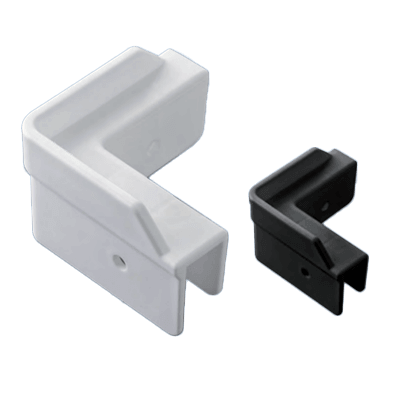What Is a Corner Protector?

A corner protector is typically used by attaching an angular piece to corners. These protectors come in a variety of materials, including polyvinyl chloride (PVC), resin, aluminum, stainless steel, and other metals. They are available in L-shaped and U-shaped designs. Corner protectors can be affixed to building materials and furniture with exposed corners to safeguard them. They are also used to cover and conceal joints at corners.
Uses of Corner Protectors
Corner protectors are used to shield the corners of materials like wood in various applications. In construction, they are utilized in building sewers and residential structures. They help camouflage joints at the corners of exterior building walls and are sometimes used for interior decoration. Metal corner protectors with holes can be fastened with screws or bolts for connecting components during furniture assembly.
Principles of Corner Protectors
Corner protectors serve a range of purposes and are made from various materials, including plastic, metal, and PVC. Metal corner protectors are often used in large construction projects, like furniture assembly, due to their strength. They are especially useful in areas needing additional support and are frequently employed to reinforce connections. In Japan, where earthquakes are common, they are often used to secure furniture to prevent tipping.
L-shaped corner protectors are primarily used as anti-tipping fittings, secured with bolts and nuts. They are commonly installed on light to medium weight racks to prevent furniture and racks from toppling over. Vinyl chloride materials are soft and provide cushioning upon impact, making them suitable for safety applications in places like factories where they serve as shock-absorbing materials. Depending on the product, they can be affixed to the corners of pillars using double-sided tape.